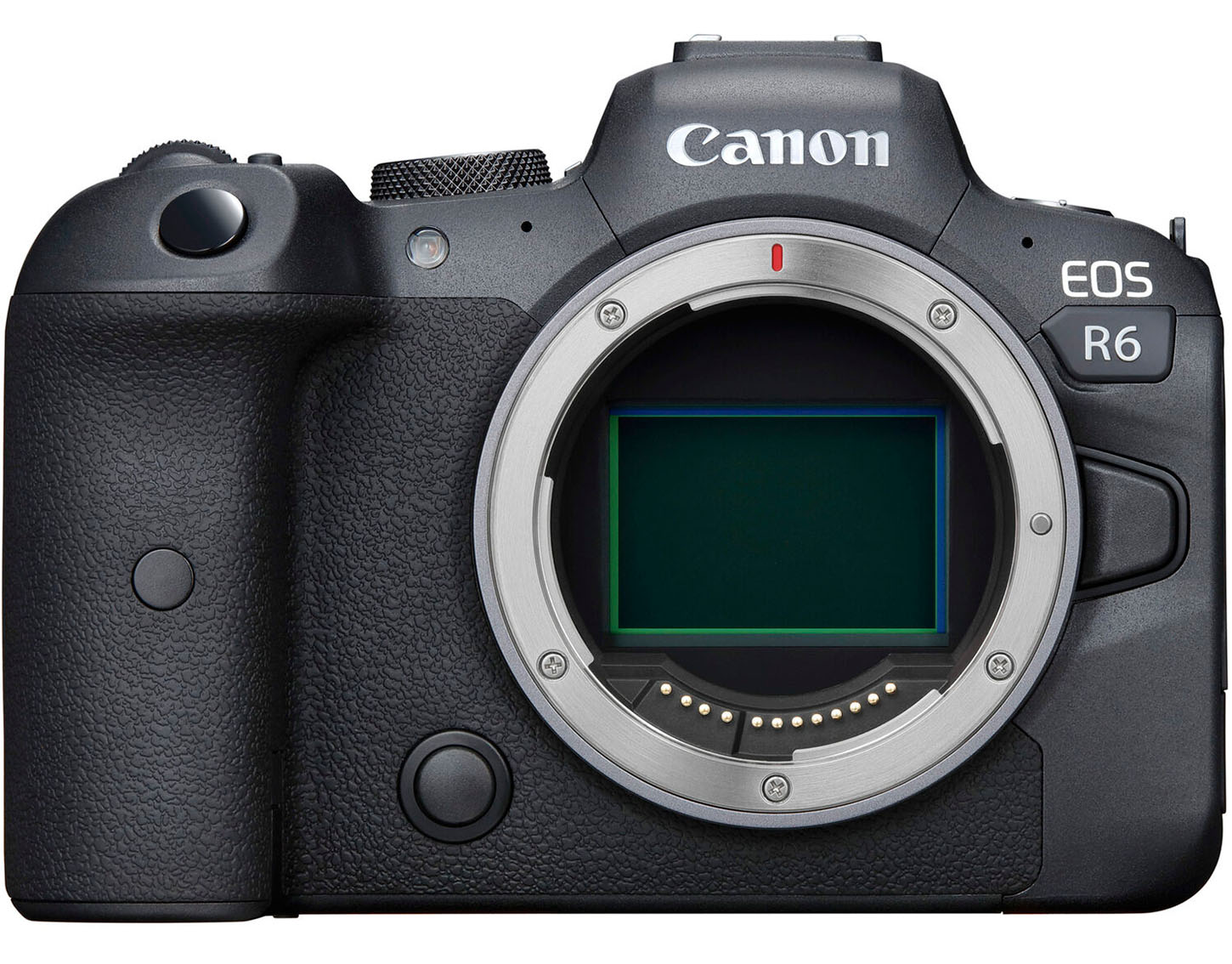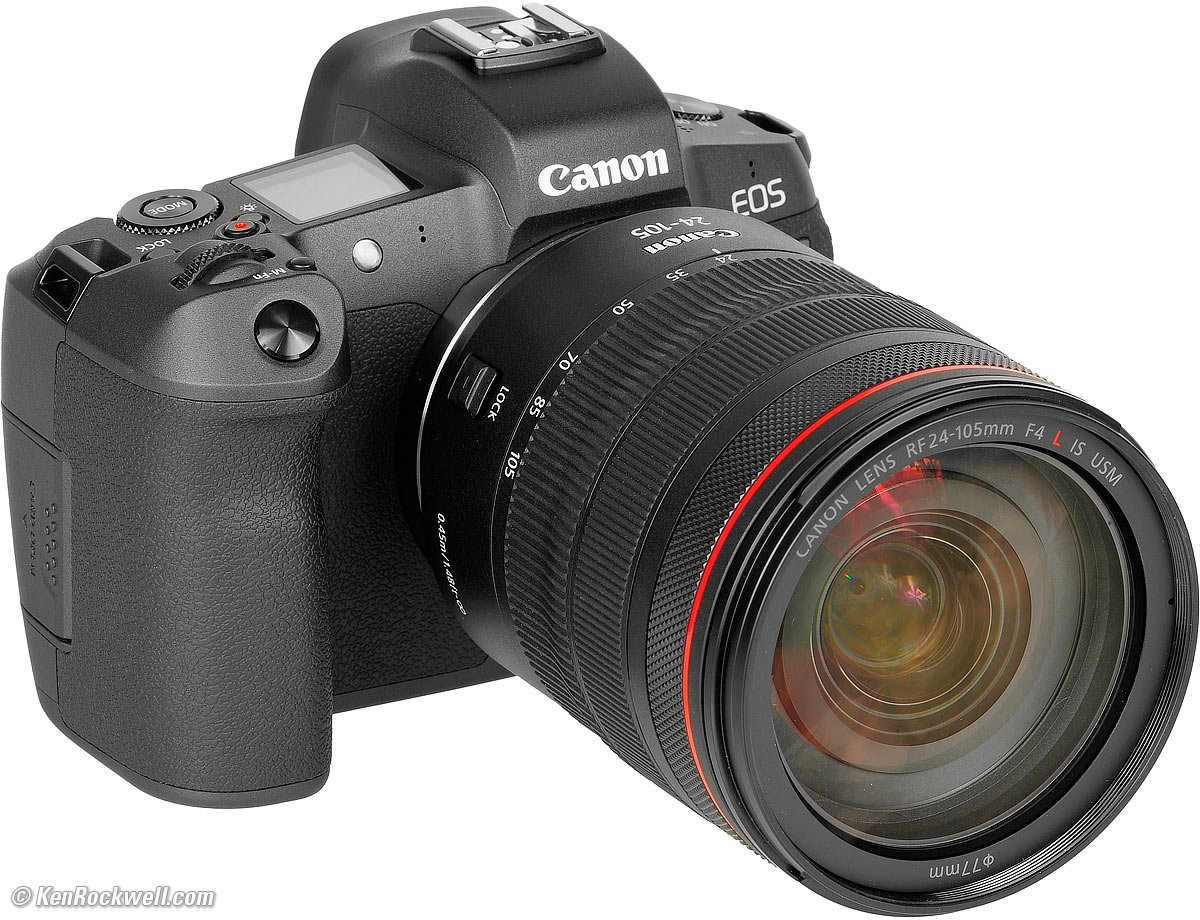
Kodak created a digital camera, invested in the technology, and even understood that photos would be shared online. Their failure is usually an inability to truly embrace the new business models the disruptive change opens up. They frequently divert sufficient resources to participate in emerging markets. Companies often see the disruptive forces affecting their industry. Today the company has annual revenues above $20 billion, competes in healthcare and electronics operations and derives significant revenues from document solutions. While Kodak stagnated and ultimately stumbled, Fuji aggressively explored new opportunities, creating products adjacent to its film business, such as magnetic tape optics and videotape, and branching into copiers and office automation, notably through a joint venture with Xerox. As Rita Gunther McGrath describes in her compelling book The End of Competitive Advantage, in the 1980s Fuji was a distant second in the film business to Kodak. There were other ways in which Kodak could have emerged from the digital disruption of its core business. That same month Facebook plunked down $1 billion to acquire Instagram, the 13-employee company Systrom had co-founded 18 months earlier. It sold the site to Shutterfly as part of its bankruptcy plan for less than $25 million in April 2012.

In real life, unfortunately, Kodak used Ofoto to try to get more people to print digital images. Maybe in 2010 it would have lured a young engineer from Google named Kevin Systrom to create a mobile version of the site. Imagine if Kodak had truly embraced its historical tagline of “share memories, share life.” Perhaps it could have rebranded Ofoto as Kodak Moments (instead of EasyShare Gallery), making it the pioneer of a new category called life networking where people could share pictures, personal updates, and links to news and information. And Kodak totally missed that.īefore Mark Zuckerberg wrote a line of Facebook’s code, Kodak made a prescient purchase, acquiring a photo sharing site called Ofoto in 2001. That criticism perhaps held in early iterations of Kodak’s digital cameras (the $20,000 DCS-100, for example), but Kodak ultimately embraced simplicity, carving out a strong market position with technologies that made it easy to move pictures from cameras to computers.Īll of that is moot, the next argument goes, because the real disruption occurred when cameras merged with phones, and people shifted from printing pictures to posting them on social media and mobile phone apps. The next explanation is that Kodak mismanaged its investment in digital cameras, overshooting the market by trying to match performance of traditional film rather than embrace the simplicity of digital. In fact, Kodak invested billions to develop a range of digital cameras.ĭoing something and doing the right thing are also different things.

Sasson himself told The New York Times that management’s response to his digital camera was “that’s cute – but don’t tell anyone about it.” A good line, but not completely accurate. So, another explanation is that Kodak invented the technology but didn’t invest in it.

Spotting something and doing something about it are very different things. The camera was as big as a toaster, took 20 seconds to take an image, had low quality, and required complicated connections to a television to view, but it clearly had massive disruptive potential. After all, the first prototype of a digital camera was created in 1975 by Steve Sasson, an engineer working for … Kodak. Kodak was so blinded by its success that it completely missed the rise of digital technologies. Once one of the most powerful companies in the world, today the company has a market capitalization of less than $1 billion.Īn easy explanation is myopia. The company filed for bankruptcy protection in 2012, exited legacy businesses and sold off its patents before re-emerging as a sharply smaller company in 2013. Sure, people print nostalgic books and holiday cards, but that volume pales in comparison to Kodak’s heyday. People went from printing pictures to sharing them online. Cameras went digital and then disappeared into cellphones. Given that Kodak’s core business was selling film, it is not hard to see why the last few decades proved challenging. Unfortunately, as time marches on the subtleties of what actually happened to Eastman Kodak are being forgotten, leading executives to draw the wrong conclusions from its struggles. Today, the term increasingly serves as a corporate bogeyman that warns executives of the need to stand up and respond when disruptive developments encroach on their market.

A generation ago, a “Kodak moment” meant something that was worth saving and savoring.


 0 kommentar(er)
0 kommentar(er)
